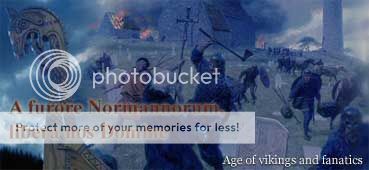Will the elephant rider javelins have greater range and/or attack than infantry-thrown javelins (due to the elevated position)? What about the number of volleys they can throw? One would think that a lot of javelines could be carried in a howdah...
Anyway, that's an awesome skin and a unit I'll want to experiment with




 Reply With Quote
Reply With Quote























Bookmarks